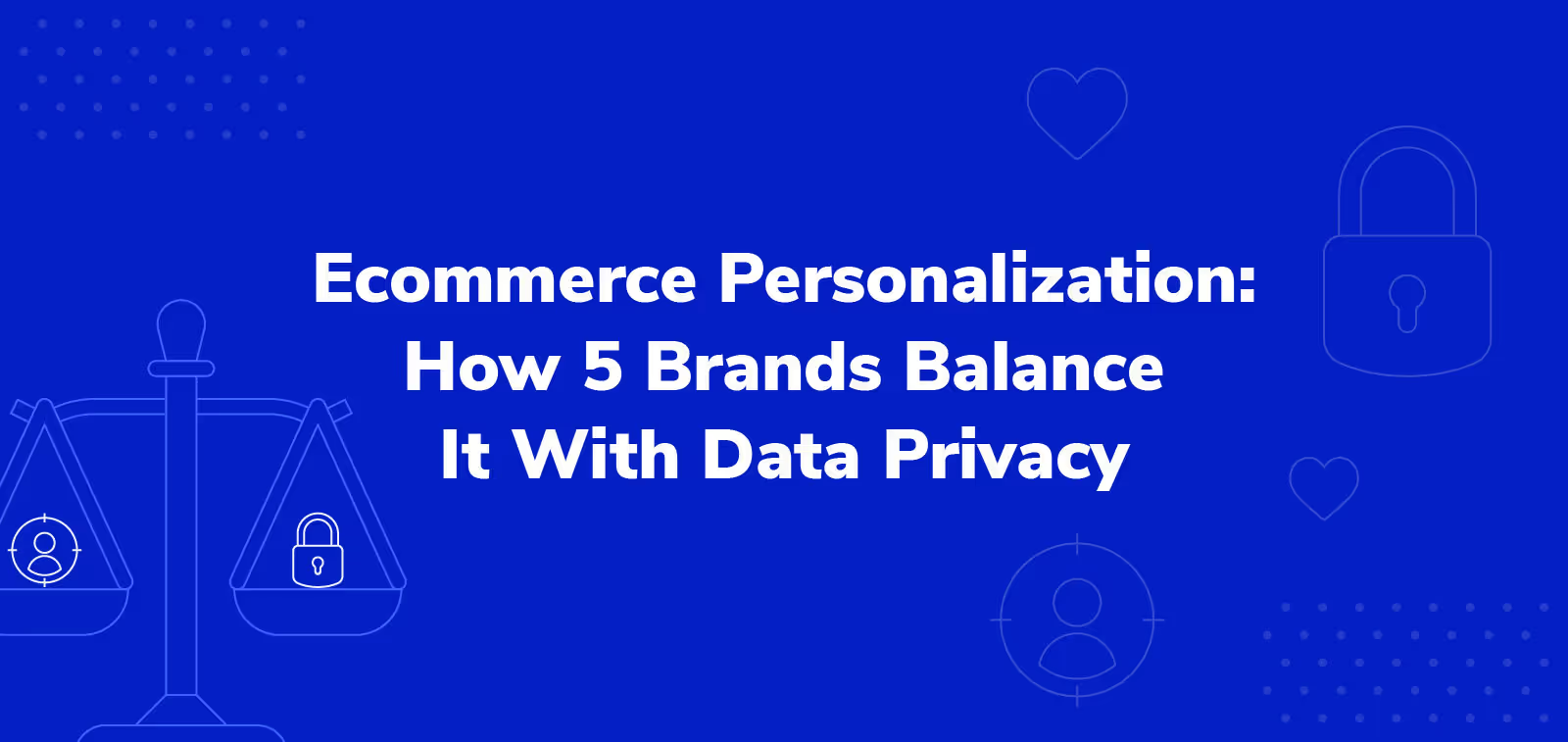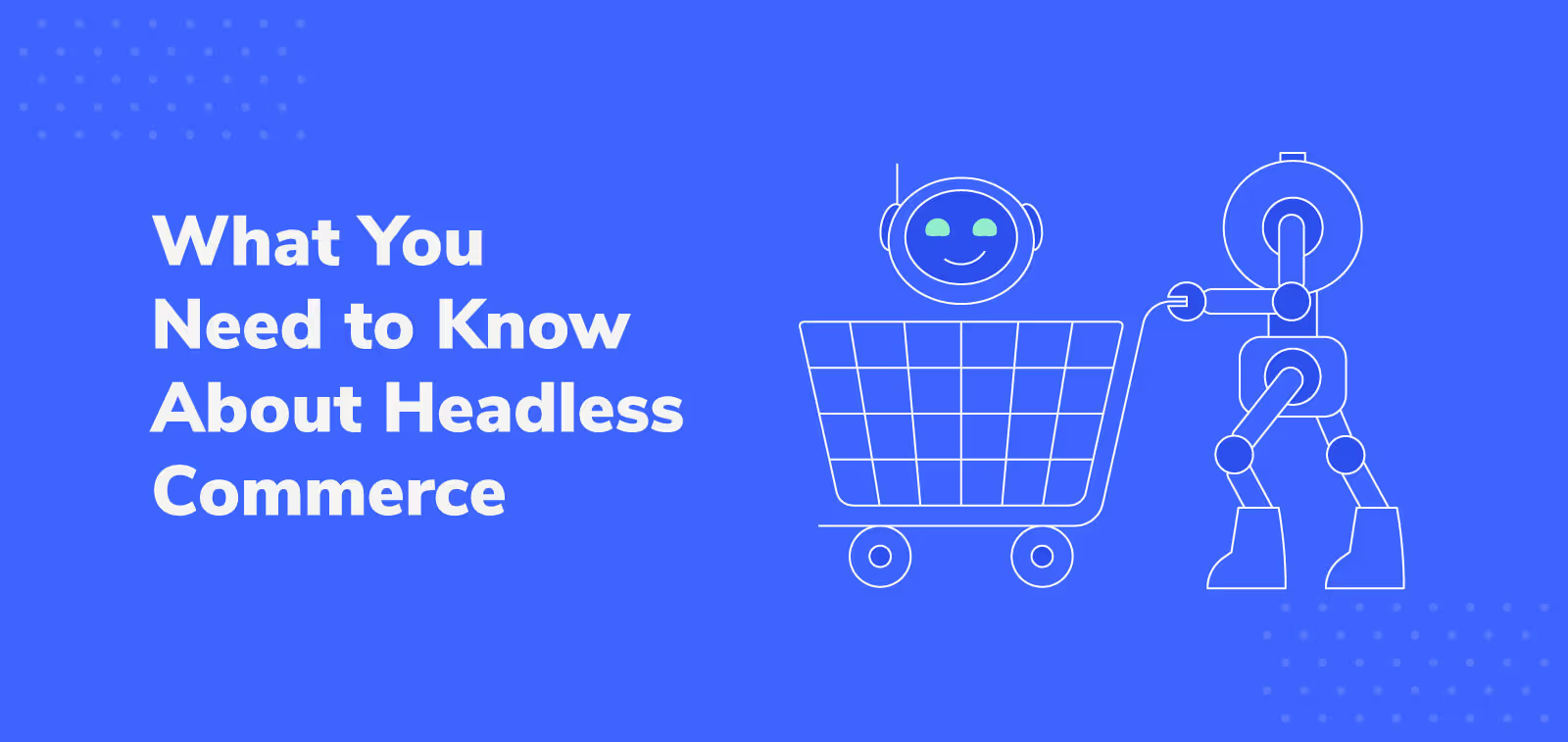Black Friday Ecommerce: Do These 8 Things Before BFCM Weekend

After several bullish years for ecommerce and direct-to-consumer (DTC), the market is feeling the strain of inflation, supply chain woes, fluctuating consumer behavior, and global geopolitical unrest.
“Unfortunately, for a lot of retailers, their stocks dropped 70-80% in the matter of just a quarter or a quarter and a half,” says Rohan Shah, Extend co-founder and chief revenue officer, on a recent podcast interview with Aaron Conant of BWG.
With typical seasonal growth in question this year, both in-store and online retailers are focused on maximizing the value of their existing customers and peak season shoppers.
“Ultimately, what it boils down to is refocusing — shifting the narrative internally to think about profitability,” says Shah.
We recommend setting yourself up for holiday success by increasing average order value, reducing operating expenses, and improving the customer experience through these 8 expert recommendations:
- Make sure your pages load fast
- Test the entire customer experience on mobile
- Use personalization to cross-sell complementary products
- Offer value-added services like product protection
- Make it easy for customers to self-serve key information
- Offer shipping protection to outsource delivery issues
- Work to recover every abandoned cart
- Enrich your post-purchase experience
1. Make sure your pages load fast
Black Friday and Cyber Monday both lead to intense spikes in traffic. That can put a strain on the tech stack behind your online store. But the rush of the holiday season means that removing friction across the customer experience is more important than ever.
According to research from digital marketing agency Portent:
A site that loads in 1 second has a conversion rate 2.5x higher than a site that loads in 5 seconds.

Another bonus? Better load times are great for search engine optimization.
Test your systems prior to the big day so you know your site can handle the influx. Losing sales from even just a few minutes of your peak weekend can be devastating to your bottom line.
2. Test the entire customer experience on mobile
Mobile devices have become the go-to choice for online shopping, but consumers have high expectations and are increasingly impatient.
Oberlo, a Shopify company, reports that the mobile share of ecommerce sales has risen from 52.4% in 2016 to a whopping 72.9% in 2021.
Mobile devices account for 72.9% of ecommerce sales.
The rate of mobile to desktop shopping in your store will depend, of course, on your target audience demographic and your vertical, but it’s clear that mobile can’t be ignored.
Your goal should be a mobile site with an intuitive user experience, streamlined checkout, and mobile-friendly payment options, with a simple page design that makes the mobile browsing experience less overwhelming.
3. Use personalization to cross-sell complementary products
Sales may grow at a slower rate this holiday season than we’re all used to because, whatever the numbers about inflation and prices and spending say, Americans are feeling inflationary vibes.

“Inflation has finally caught up to bullish spending, with consumers buying fewer items from fewer retailers,” VP and GM of Retail at Salesforce Rob Garf says. “This likely isn’t a temporary mindset, but instead a signal of a larger consumer behavioral shift towards value and convenience.”
For merchants feeling the margin squeeze right now, prioritize improving your average order value. One of the simplest ways to do that is through upsell and cross sell. For example, recommendations of complementary products — and this is where ecommerce personalization comes in.
This can deliver a lot of value in boosting holiday sales, especially if you have good customer data. In fact, Barilliance found that product recommendations can drive up to 31% of ecommerce revenues.
4. Offer value-added services like product protection
Value-added services are services that add value to the customer experience by meeting increasing customer expectations, boosting sales, and creating brand advocates.
Product protection is just one of these services, but it stands apart as one that influences revenue and loyalty while keeping customers using your products. In a world where it’s so easy to switch to a competitor, a working product is one of the best ways to box out competition.
Plus, there’s a real connection between product protection and profitability. Product protection can boost customer confidence, making them more likely to click “Buy.”
“You capture a portion of the revenue from the sale of that protection plan as pure profit flowing straight to your bottom line.”
“These services drive profit at the transactional level,” explained Shah. “You capture a portion of the revenue from the sale of that protection plan as pure profit flowing straight to your bottom line.”
Internal data from Extend shows that merchants can make as much as 23% more protection plan revenue during the peak holiday season, and attach rates can be as much as 20% higher. Not offering product protection can potentially leave a lot of money on the table.

“We’ve found that Extend works like a trust badge that instills consumer confidence and drives more sales,” says Ryan Pamplin, CEO and founder of BlendJet.
5. Make it easy for customers to self-serve key information
During the holiday season, customer stress is high. That adds even more strain to already-taxed customer service teams. Many teams will scale up their headcount for this very reason. After all, customers want their issues resolved quickly — preferably in a single interaction.
Customers want to resolve their issues in a single interaction.
That said, there are other ways to ensure response time stays low that don’t rely on additional hiring. One example? Make sure customers don’t have to call with basic questions about, for instance, shipping or return policies.
Audit the information you have available on your website related to common customer service issues. Make sure customers’ frequently asked questions are answered in content on the website so they can easily find the answers themselves and your support members can focus on high-touch resolution of more complex issues.
6. Offer shipping protection to outsource delivery issues
Your customer support staff spends a lot of time resolving shipping and delivery issues. It could be costing you more money than you think — and without mitigation, that will just increase this holiday season.
Customer calls asking “Where is my order?” (known as WISMO calls) commonly make up about half of a merchant’s call volume and can cost $5 each to resolve, just in support staff time.
“With Extend Shipping Protection, our customers are protected and we save millions of dollars in product replacement costs.”
Shipping protection can help you offload much of that call volume, giving your service reps time for other pressing issues. Plus, you can eliminate the need to absorb the cost of product replacements in the event of delivery mishaps.
“With Extend Shipping Protection, our customers are protected and we save millions of dollars in product replacement costs,” says Boutique Rugs’ CEO Ali Oner.
7. Work to recover every abandoned cart
Adding an item to a shopping cart is a pretty strong intent signal. But research shows that buyers frequently get distracted and abandon their carts before converting.
Don’t give up on them — reignite their interest with abandoned cart emails. Marketing automation platform Klaviyo estimates that abandoned cart emails see an open rate of 41.18%, a click rate of 9.50%, and revenue per recipient of $5.81.
With customer browsing data and demographic information, you can create and send personalized email campaigns to turn abandoned carts into sales.
SwingDish sends this highly visual abandoned cart email with an associated 15% discount to prompt conversion:

8. Enrich your post-purchase experience
Any level of economic downturn presents an important opportunity to lean into building customer retention and long-term loyalty. This is the time to work on building deeper relationships with customers who still need strong affirmation of your brand.
One of the best and most underutilized ways to do that is through the post-purchase experience. Too often, merchants focus only on the sale and let the post-purchase process fall by the wayside. But really, the customer’s experience is just getting started.
“I think the post-purchase experience is the most neglected space in ecommerce.”
“I think the post-purchase experience is the most neglected space in ecommerce” says Ryan Garrow, Director of Partnerships and Client Solutions at ecommerce digital agency Logical Position. “Right after the point of sale, you’ve got somebody that’s really excited and just bought something from you. And most brands’ responses are: Here’s your tracking number.”
Before Black Friday arrives, make sure you’re ready to keep customers in your orbit through personalized post-purchase communications and touchpoints that build relationships.
Peter Morrell, Head of Growth at WizardPins, calls email “the main lever for our retention efforts.” Their ability to send highly relevant messages to engaged email audiences at the right time and frequency — including abandoned carts — has enabled them to boost profit margins while keeping costs low.
Wrapping up
As we enter this holiday season, many brands and retailers are hopping off the hamster wheel of expensive customer acquisition to refocus their efforts on broader business fundamentals like improving profit margins.
We typically expect a lot of holiday season growth, but a mid-year Consumer Trends Survey from The New Consumer shows that U.S. shoppers are feeling inflationary strain and becoming increasingly pessimistic about their financial futures.

The good news?
“I think the [current macroeconomic situation] is something that will lead companies to make better, stronger decisions in the long term,” says Shah.
“It’s a healthy inflection point where people are starting to think more about their core business and how they really get to profitability.”
Whatever happens during this peak shopping season, these strategies will help you generate the most value from your sales and offers through BFCM and beyond, and start building LTV through a new perspective of post-purchase.

Victoria Fryer leads the content marketing team at Extend. Previously, she managed content at Contacto and BigCommerce.
.svg)












































.avif)











